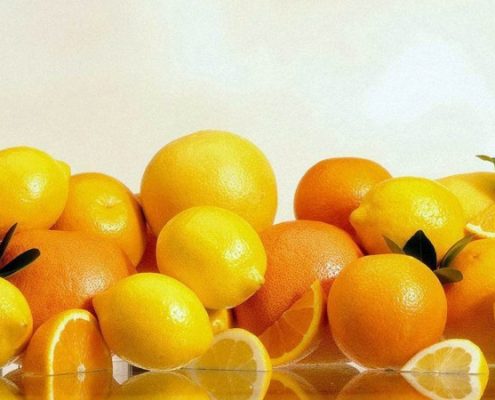
Bitter taste in citrus fruits
An increase in production over last season, weather adversities, the delay in the maturation of the fruit and overlap of our varieties with those of third countries such as South Africa have been the perfect ingredients to make a cocktail that has turned bitter for the sector Spanish citrus in this first part of the campaign marked by low prices and a lot of fruit hanging on the trees pending harvest or on the ground without selling.
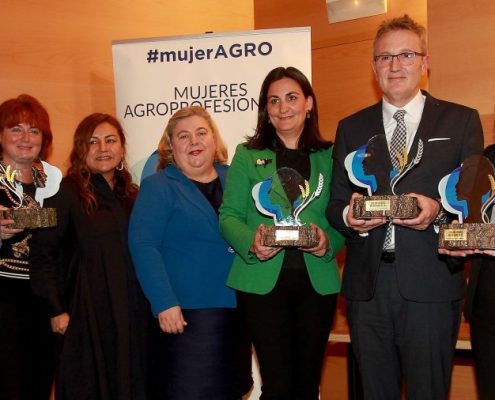
Casa Gutier, Valgenetics, Ricardo Oteros and Mariló Corral, Mujer Agro 2018 awards
More than 100 representatives of the Spanish agri-food sector yesterday wrapped up the winners in the first edition of the Mujer Agro awards, an initiative developed by the communication agency Siete Agromarketing and the e-Commerce Agrario, which recognizes those people, entities and institutions that stand out for their task when it comes to achieving equal opportunities between men and women in the sector, promoting in turn the work of women in agriculture.

Reposition the wooden container in supermarkets
Interview with Alberto Palmí, Managing Director of FEDEMCO. By Judit Cortés.
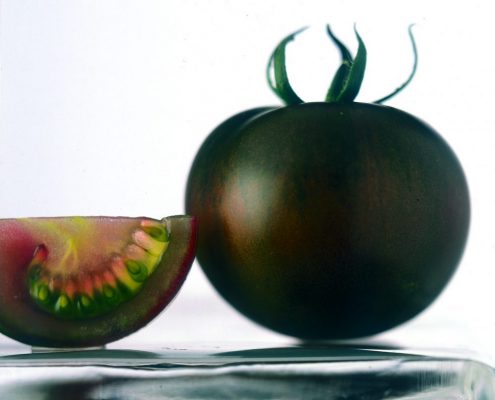
Tomato Kumato®, a type of dark brown tomato that reinvents the market
The sector of the tomato is an example of the consolidation and importance of the Spanish agriculture, a sign more of the paper of this country like referent in matter of external commercialization. This is shown by the data that, year after year, place Spain in the top of the world ranking in fruit and vegetable exports.
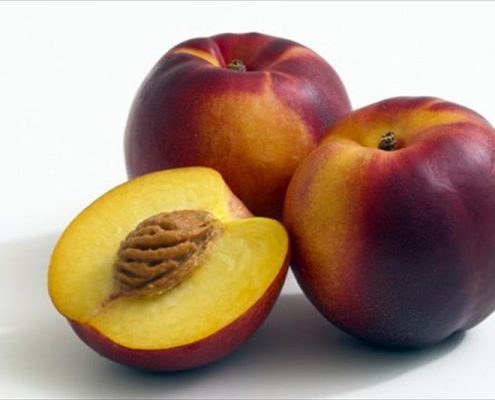
The stone fruit gains ground to the nugget in Spain
The current official statistics on cultivated area of fruit of the Ministry of Agriculture, Fisheries and Food (MAPA) are significant about the current situation of the sector. The fruit of pe-pita has lost 25,285 ha of cultivation in the last fifteen years and in contrast the bone has gained 2,594 ha. Article by J.Sanchís.

The jury fails the Agro Mujer Awards 2018
Yesterday took place the meeting of the members of the jury of the Premios Agro Mujer 2018 to choose the winners of the first edition. These awards are part of MUJER AGRO, a project created in 2017 by Siete Agromarketing and e-Comercio Agrario to visualize equal opportunities in the agri-food sector and promote, dialogue and awareness on the role of professional women in this agri-food industry and in the entire value chain.

United States approves a reduction of tariffs for artichokes and canned peppers of Spain
The Congress of the United States has recently approved two measures that benefit regional producers and processors of artichoke and pepper of the Region of Murcia. In particular, it is about the total abolition of the 8.1% tariff paid for canned pepper so far and the reduction of up to 3% in the price of the tariff rates that apply to processed artichoke, both products from Spain.
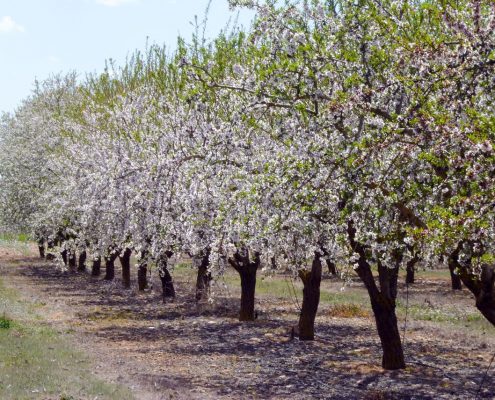
The genetic improvement of the almond tree in IRTA
Article of IRTA.
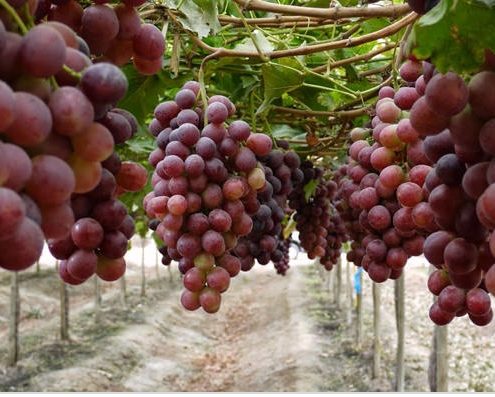
China opens the door to new agri-food products
The signing of two new Protocols will allow the start of exports…

SIETE Agromarketing launches the digital edition of its yearbook ECA FRUITS
The digital edition of the fruit and vegetable magazine ECA FRUITS is now available, edited by SIETE Agromarketing and e-Comercio Agrario last October. In it you can find the most up-to-date information of the last semester in the horticultural sector. In this sense, it is essential to read the Special on Bone Fruit and Pepita, by the agri-food journalist Josep Sanchís, as well as interviews with the main people in charge of the sector such as the Minister of Agriculture, Environment, Climate Change and Development Rural of the Valencian Government Elena Cebrián Calvo or the different technical articles of our special collaborators.




